5 Powerful Japanese Year of the Snake Women
From the stage to the halls of government
Let’s start the new year on an inspirational note. Looking back at the history of modern Japan, we’ll highlight women born in the year of the snake who have had a lasting impact on art and society.
There’s no shortage of inspirational women in Japanese history. Modern women writers publishing during the Meiji and Showa eras through to the postwar years made sense of transformations and upheavals in Japan through gendered lenses. Or, how about these bold and brave women warriors who left their marks on both the battlefield and in Japan’s artistic landscape? With the start of the new year, let’s take a look back at influential women born in modern Japan’s Year of the Snake. From women’s rights to the arts, we’ve selected just a handful of the many women who have helped to shape Japan.
1. Ichikawa Fusae (b. 1893)
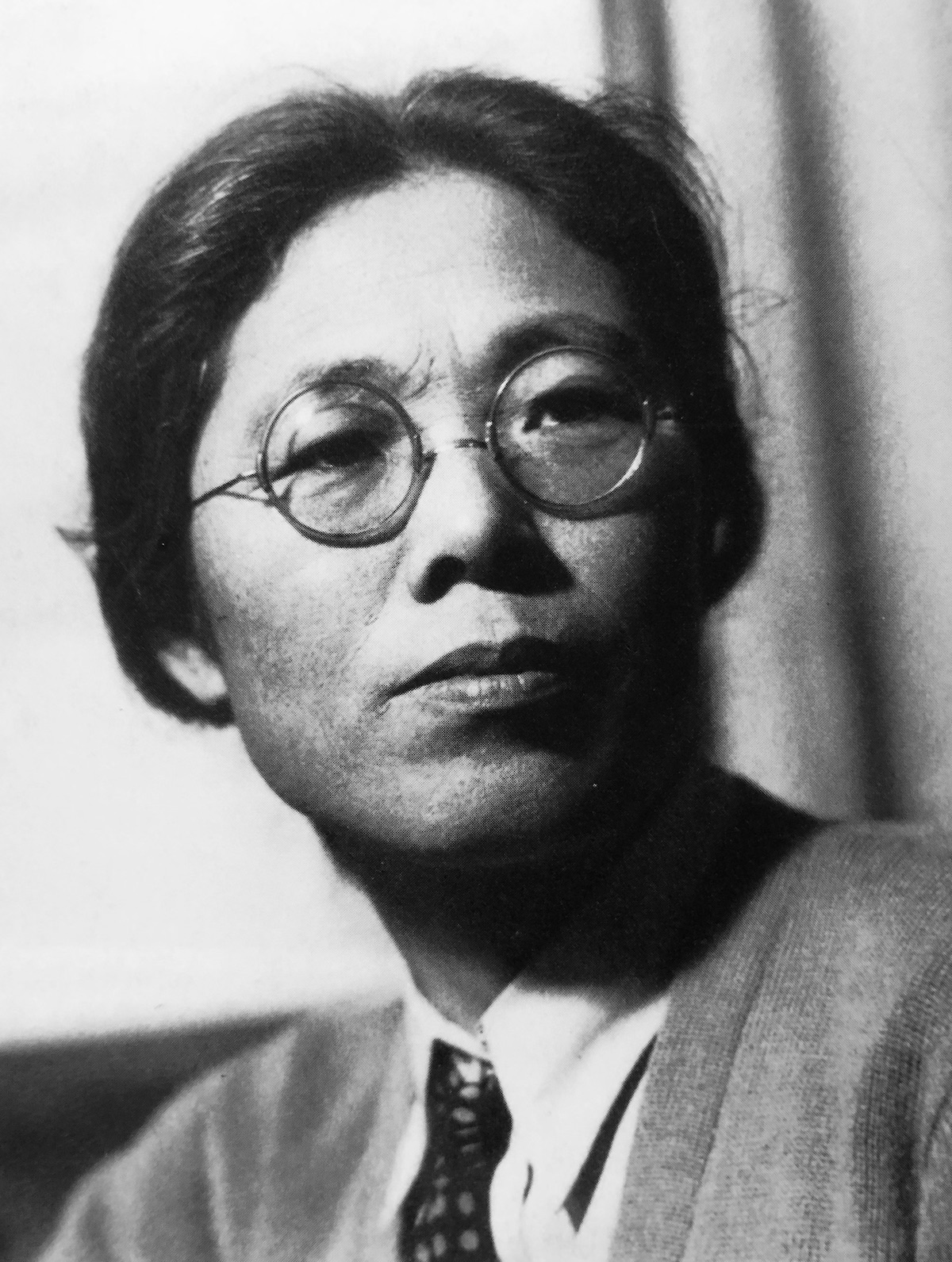 © Photo by 『平和なくして平等なく平等なくして平和なし 写真集 市川房枝』ドメス出版、2013年5月15日。, Public domain, via Wikimedia Commons
© Photo by 『平和なくして平等なく平等なくして平和なし 写真集 市川房枝』ドメス出版、2013年5月15日。, Public domain, via Wikimedia Commons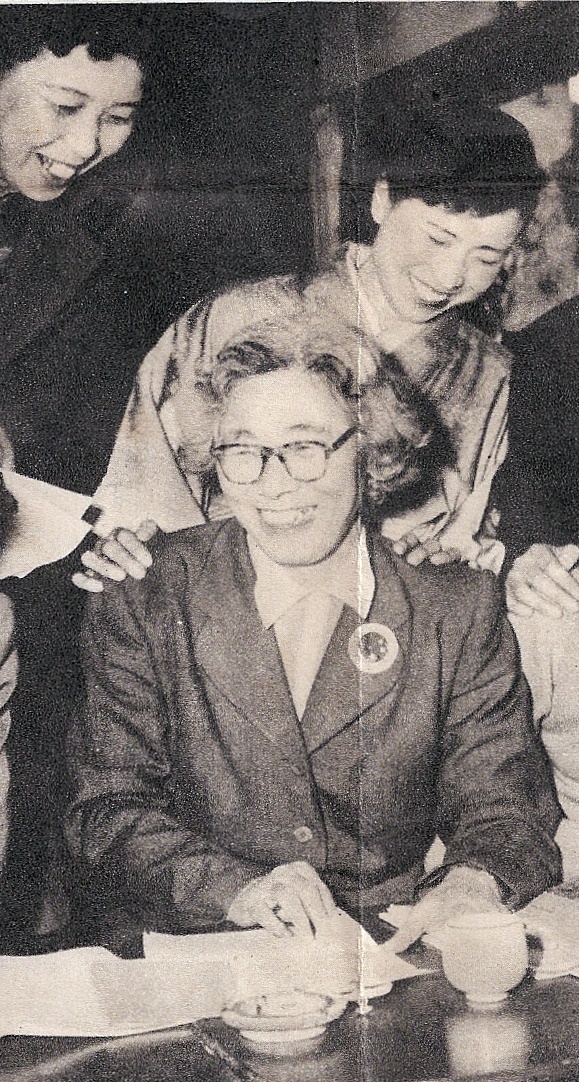 © Photo by sekaitsushin, Public domain, via Wikimedia Commons
© Photo by sekaitsushin, Public domain, via Wikimedia Commons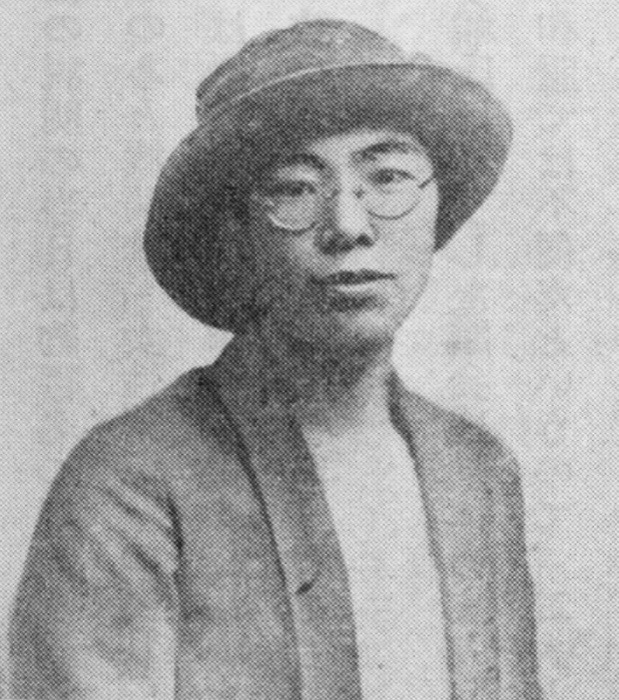 © Photo by 日本経済新聞社, Public domain, via Wikimedia Commons
© Photo by 日本経済新聞社, Public domain, via Wikimedia CommonsBorn in Aichi Prefecture, Ichikawa Fusae grew up in turn-of-the-century Japan. This was when women were legally prohibited from political office and life. After graduating from Aichi Joshi Shihan Gakko in 1913 with plans to become an elementary school teacher, Ichikawa relocated to Tokyo and quickly got to work in publishing and the burgeoning women’s movement. Take a look at her milestones during the interwar years:
- Co-founded the New Women’s Association (1919)
- Created Women’s Suffrage League of Japan (1924)
- Organized the First National Meeting on Women’s Suffrage (1930)
Along with other prominent feminists such as Hiratsuka Raicho and Shigeri Yamataka, Ichikawa was at the forefront of women’s rights and was a key figure in organizing women’s suffrage.
After Japanese women earned the right to vote in 1945, Ichikawa continued to advocate for women’s issues. She served as a member of the House of Councillors, Japan’s upper house in government, for nearly 20 years. In the years before her death in 1981, Ichikawa pushed for the Japanese ratification of the United Nations Convention on the Elimination of All Forms of Discrimination Against Women.
2. Fumiko Enichi (b. 1905)
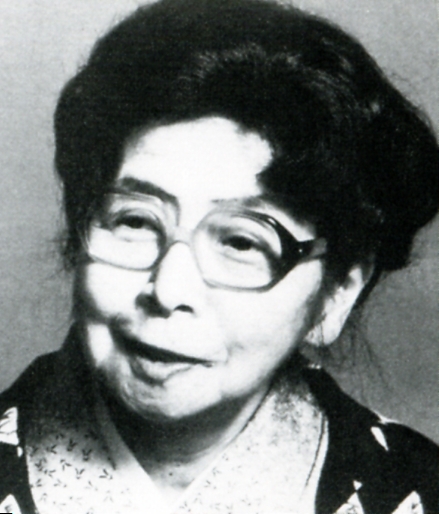
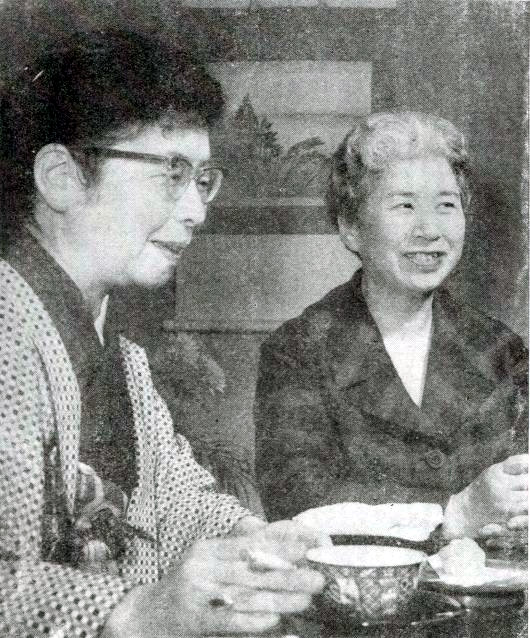 © Photo by 主婦と生活社 撮影者不明, Public domain, via Wikimedia Commons
© Photo by 主婦と生活社 撮影者不明, Public domain, via Wikimedia CommonsBorn in Tokyo’s Asakusa Ward at the beginning of the 20th century, Fumiko Enichi grew up in a literary world. Her father was a distinguished linguistics scholar who introduced a wide variety of Japanese and non-Japanese written works to the young Enichi. Meanwhile, her grandmother was a strong admirer of classical Japanese works, such as The Tale of Genji. By her teenage years, she was a passionate reader.
While Enichi is celebrated as a novelist, she started out as a playwright and wrote several plays in the 1920s. Like her later work, these plays featured female protagonists and the social pressures and inequalities that characterized their worlds. By the time the Second World War broke out, Enichi had already written several novels, including The Words Like the Wind and Spring and Autumn, but they didn’t enjoy a wide audience. With her home destroyed in an American bombing of Tokyo and several health problems, Enichi stopped writing altogether until the 1950s.
Enichi achieved critical and commercial success in the postwar decades. Like her earlier creations, this body of literature centered on women’s lives and struggles against patriarchy and the pressures of gendered expectations. Wartime and domestic violence dominate Days of Hunger and The Waiting Years, which respectively delve into her experiences during the war and women living under male sexual power in the Meiji period. Both were award-winning works.
3. Ryoko Akamatsu (b. 1929)
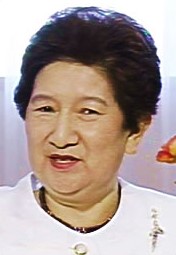 © Photo by 文部科学省, CC BY 4.0 , via Wikimedia Commons
© Photo by 文部科学省, CC BY 4.0 , via Wikimedia Commons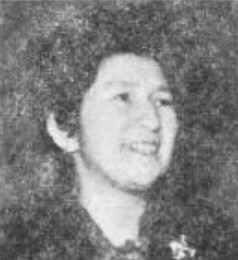 © Photo by 財団法人婦選会館(1983年11月に「財団法人市川房枝記念会」に改称), Public domain, via Wikimedia Commons
© Photo by 財団法人婦選会館(1983年11月に「財団法人市川房枝記念会」に改称), Public domain, via Wikimedia CommonsRyoko Akamatsu was born in Osaka in 1929 and went on to study politics and law at the prestigious University of Tokyo. Upon graduating in 1953, Akamatsu quickly entered the political world. While still a university student, Akamatsu passed the National Civil Service Recruitment Competency Exam which created a path to enter Japan’s civil service after university. Throughout her career, she was a member of countless committees and groups aimed at women’s issues, labor and education. Akamatsu was a trailblazer for women in politics and held a number of leadership positions including the director of several prefectural labor bureaus and headed women’s divisions of labor committees.
Two of Akamatsu’s proudest achievements came in the 1970s and 80s. As a member of Japan’s Mission to the United Nations, she voted in favor of passing the Convention on the Elimination of All Forms of Discrimination Against Women. This laid the groundwork for an international initiative to end gender discrimination. Building on this back in Japan, Akamatsu was instrumental in establishing the Equal Employment Opportunity Law (1985) which aims to eliminate gender-based discrimination in the workplace from hiring to paternity leave. Although critics argue the law doesn’t do enough to protect women, it was nevertheless a stepping stone in the fight for gender equality.
4. Yayoi Kusama (b. 1929)
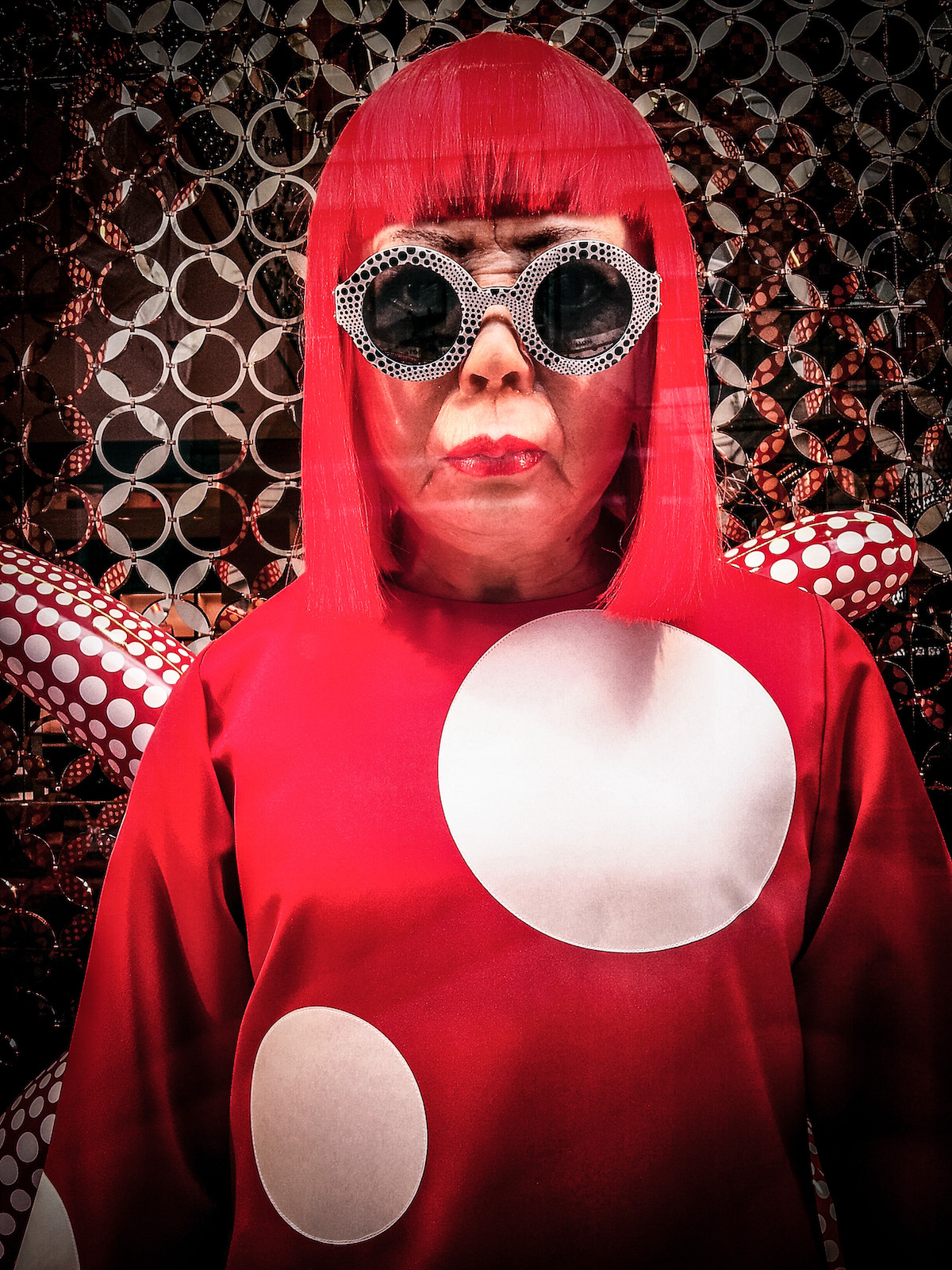 © Photo by Garry Knight, CC BY 2.0 , via Wikimedia Commons
© Photo by Garry Knight, CC BY 2.0 , via Wikimedia Commons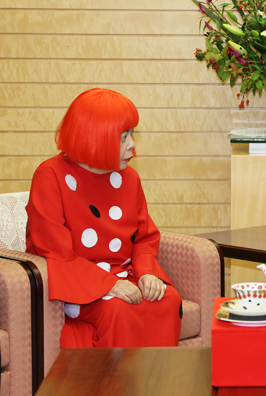 © Photo by 首相官邸ホームページ, CC BY 4.0 , via Wikimedia Commons
© Photo by 首相官邸ホームページ, CC BY 4.0 , via Wikimedia CommonsIt’s hard not to think of dots of all colors and sizes when you think of Yayoi Kusama’s world-famous artwork. The motif has deep roots in the artist’s traumatic childhood growing up in Matsumoto, Nagano and has been a fixture of her work for nine decades and counting.
Kasama developed an interest in art around the age of 10, a passion that her mother discouraged. Her father was serially unfaithful, a history that Kasama often witnessed firsthand as her mother’s neighborhood spy. To escape the violence of her home life, which included physical abuse, Kasama began to experience hallucinations peppered with colorful flowers and orbs of light reminiscent of the dots that would characterize her creations.
Although Kasama went to art school in Kyoto after the war, she soon became dissatisfied with the orthodoxy of her teachers. Developing her techniques outside of the classroom, she held her first solo exhibition in Matsumoto at 22. That show featured more than 100 pieces, including sketches and paintings, and launched a professional career spanning continents and causes. From art-based protests of the Vietnam War in 1960s New York and novels and films to polka-dot emblazoned sculptures and her mesmerizing Infinity Rooms, Kasama has long been pushing the boundaries of art, performance and self-presentation.
5. Akina Nakamori (b. 1965)
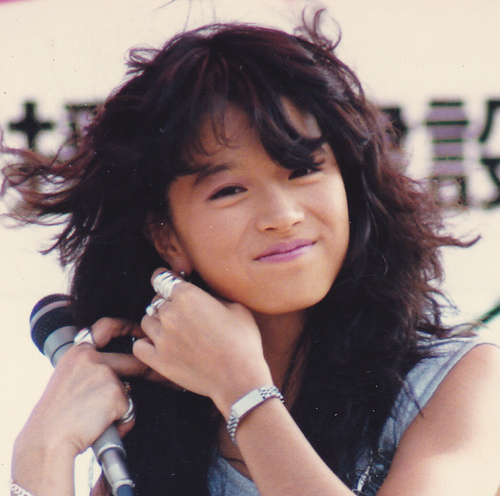 © Photo by Tsuyoshi Inagaki, CC BY-SA 2.0 , via Wikimedia Commons
© Photo by Tsuyoshi Inagaki, CC BY-SA 2.0 , via Wikimedia Commons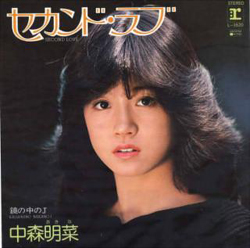
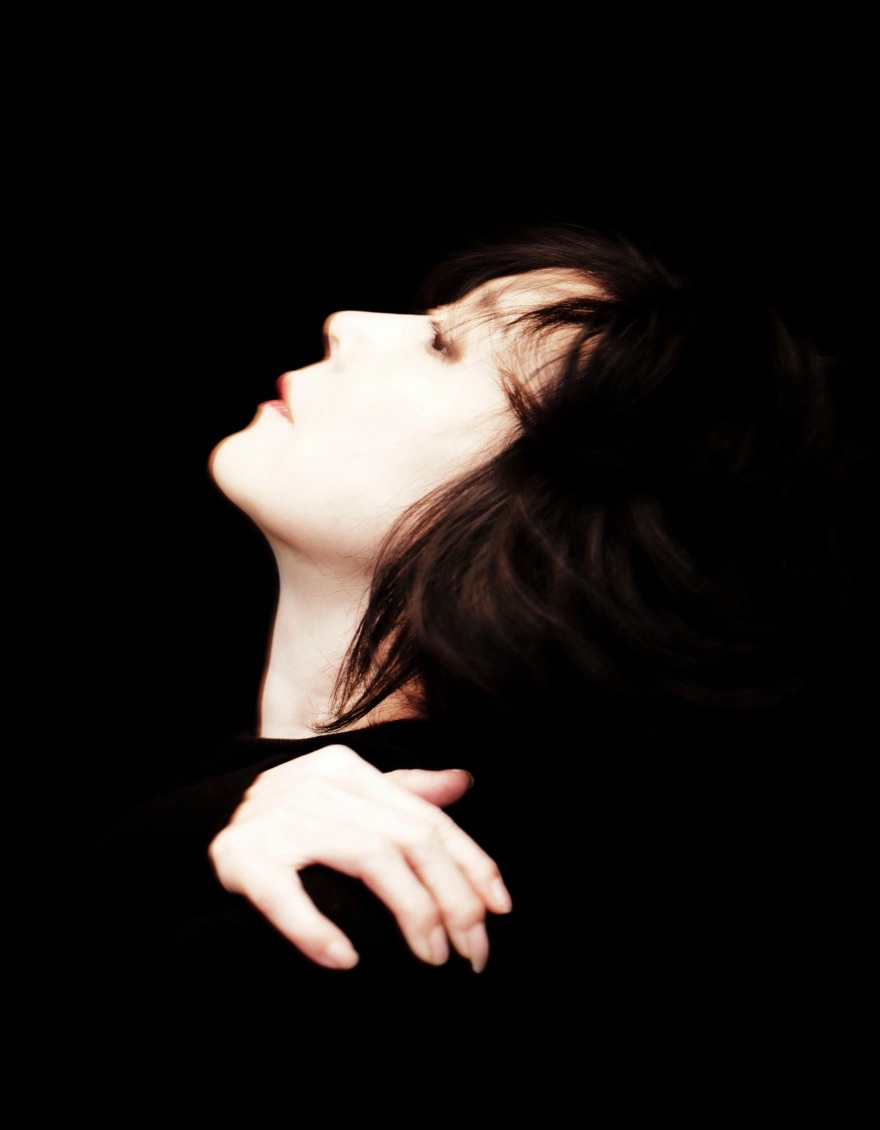 © Photo by Akina Nakamori Official
© Photo by Akina Nakamori OfficialBorn in Tokyo’s Ota Ward, Akina Nakamori became one of the best-selling and most popular Japanese idols of all time. At a young age, Nakamori was surrounded by music, particularly the hits of Misora Hibari, a hugely successful singer and performer in postwar Japan. Nakamori’s breakout into the public eye came on the popular talent TV show, Star Tanjo! After two failed attempts to secure the top spot, Nakamori would eventually win the crown on her third try in 1981.
Her victory not only came with a record contract but also a national following. The 1980s was her biggest decade with commercial and critical success. Nakamori’s third single, “Second Love,” reached #1 on the Oricon charts and has sold more than a million copies. Throughout the decade, the icon scored several more chart-topping singles, such as “½ no Shinwa” and “Meu amor é…,” as well as her best-selling album, Variation.
Nakamori’s discography stands in contrast to Seiko Matsuda, another 80s idol powerhouse.
If Matsuda’s image captures the clean and poppy side of classic J-pop, Nakamori is the darker side. Her second single, “Shoujo A” featured sexually suggestive lyrics that created some controversy when it hit #5 on the charts. “Nanpasen” hinted at the turbulent relationship with her boyfriend and fellow idol, Kondo Masahiko, a union that may have led to her attempted suicide in 1989.
While “Dear Friend,” released after she disappeared from the public eye after her suicide attempt, is often cited as a cheerful song about courage and uplifting spirits, the artist herself has said it may be her only happy song. Nakamori has had many rebirths in her career, retreating and exploding back on the stage every few years, and has consistently been highlighted as one of the top recording artists of all time in sales, influence and artistry.
That’s our list of powerful Japanese women born in the year of the snake!
While we spotlight five women, we could have done much more. Hopefully, you can discover a new novel or song or feel inspired by the hard work these women have accomplished.
What did you think of our powerful Japanese women born in the Year of the Snake? Do you have others we missed? We’d love to hear your ideas in the comments below!





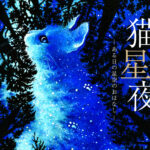
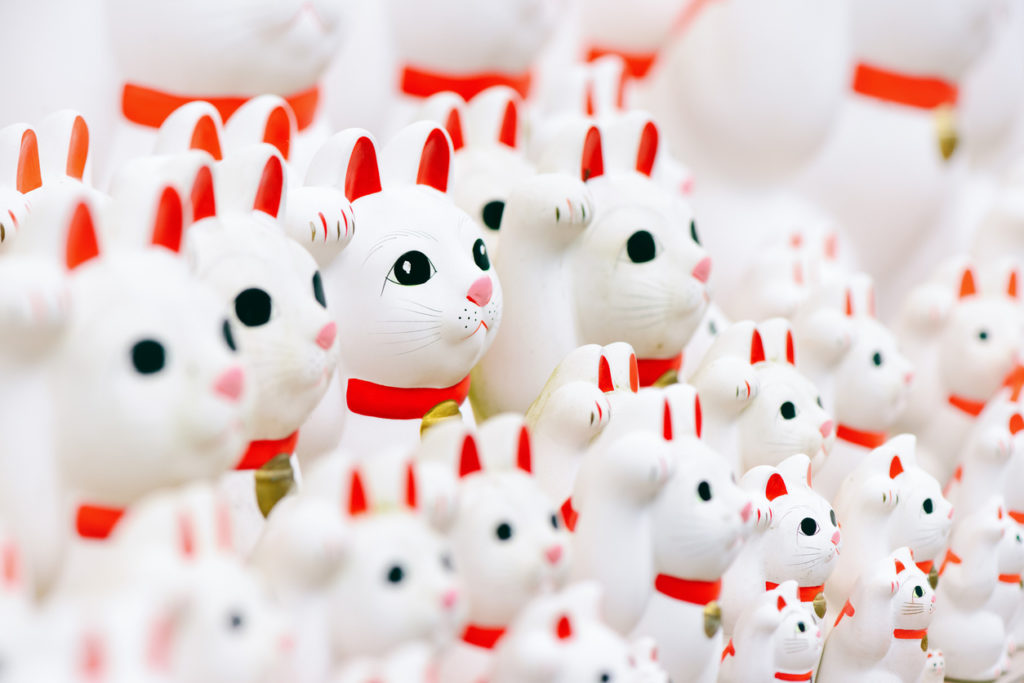







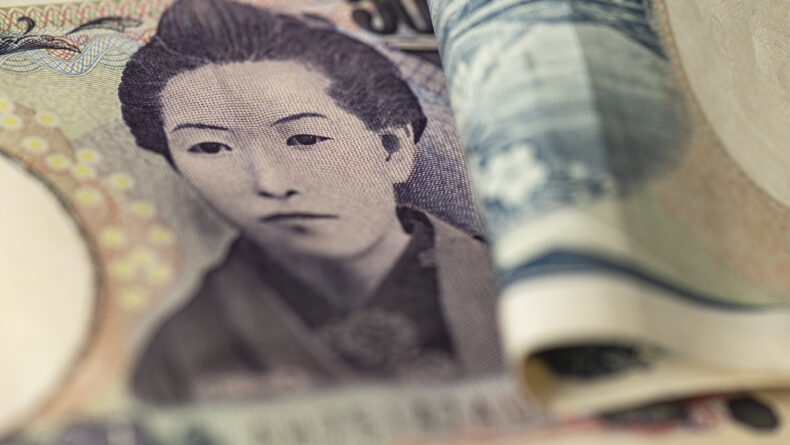

Leave a Reply